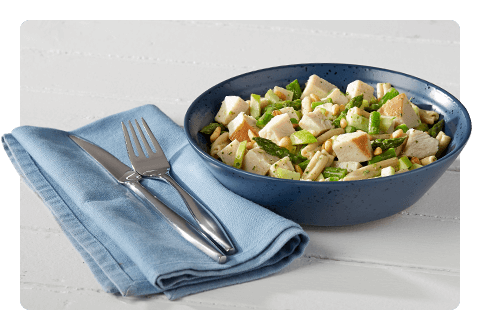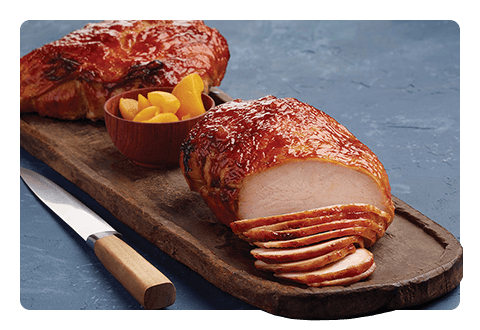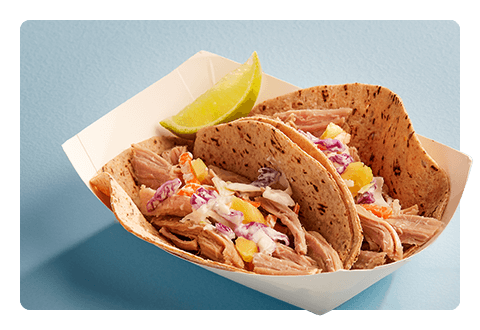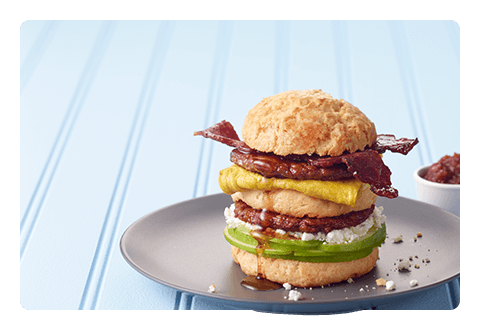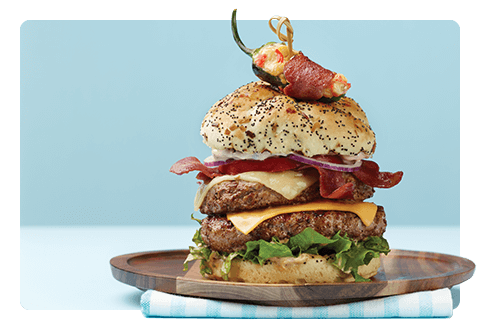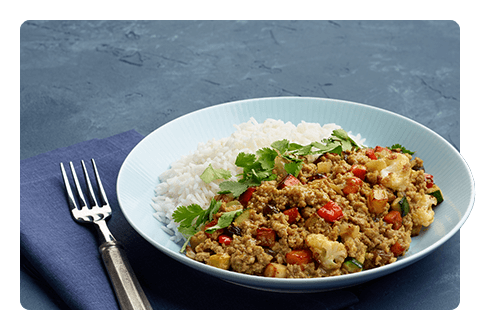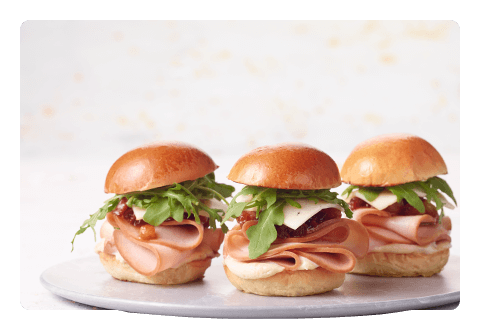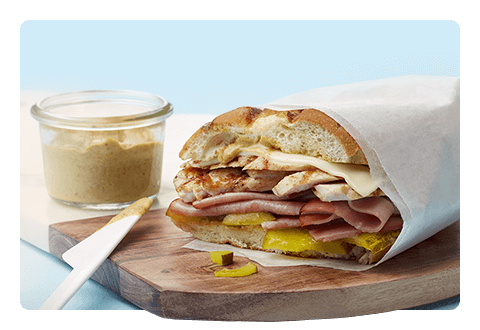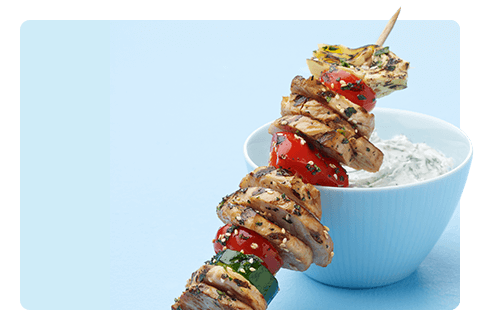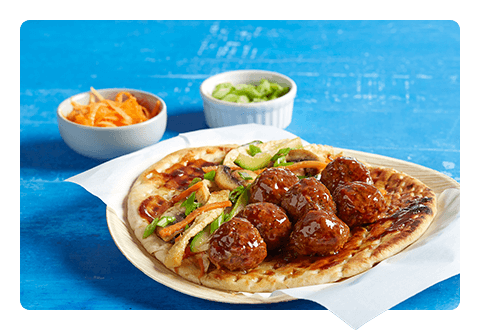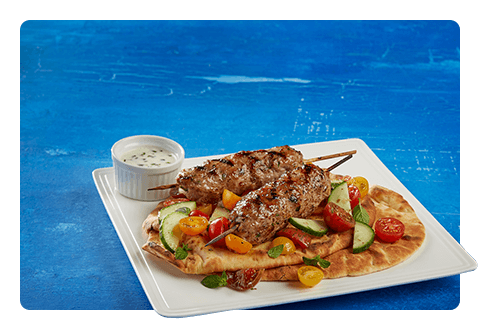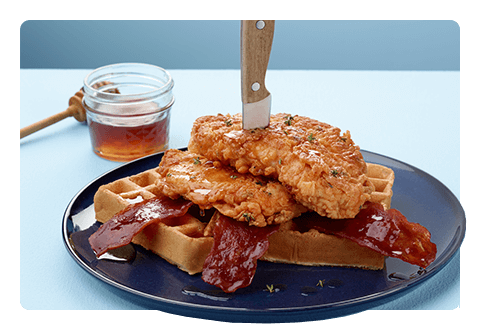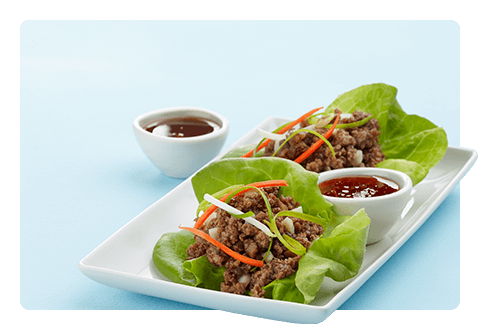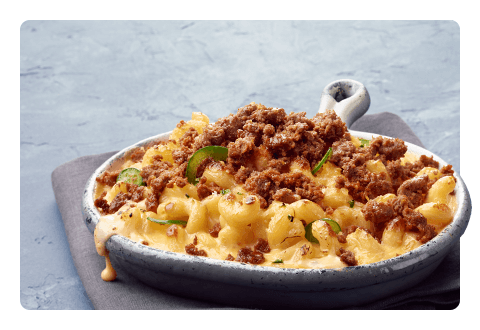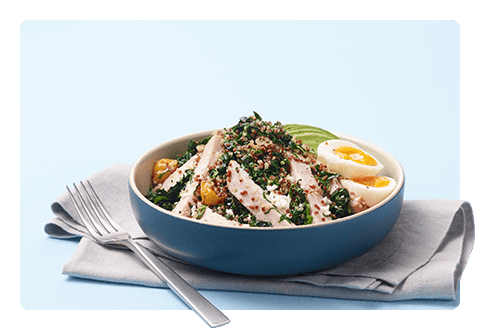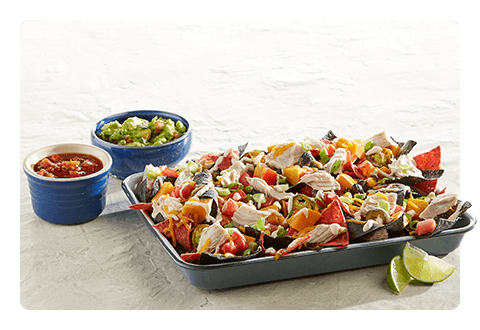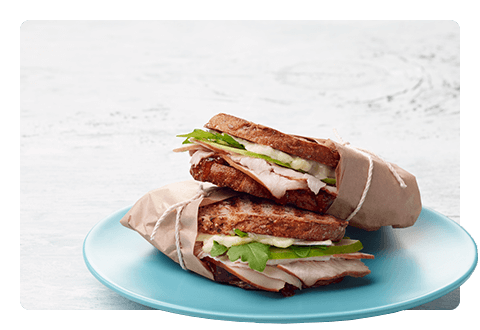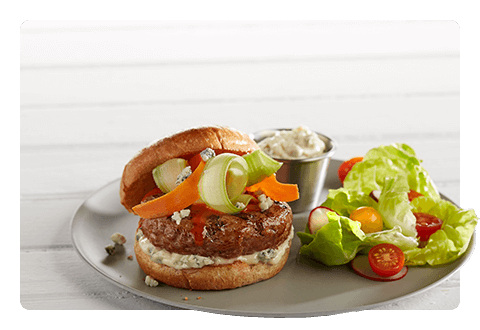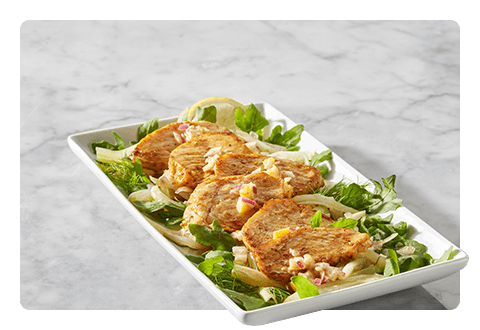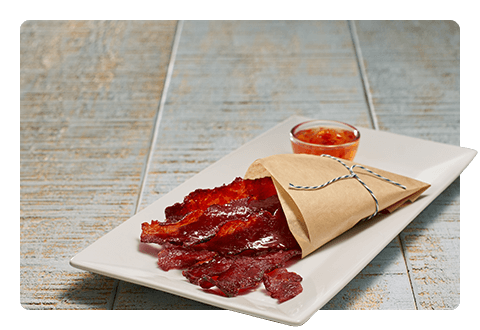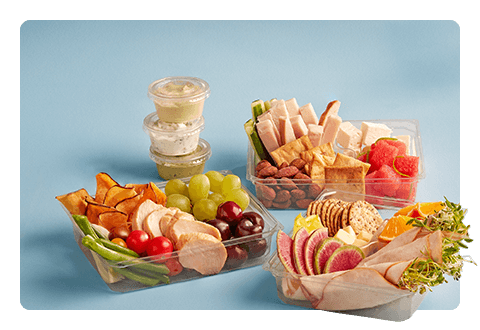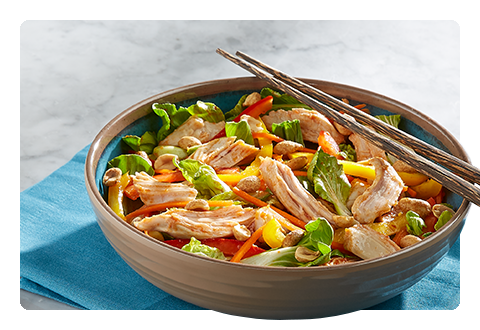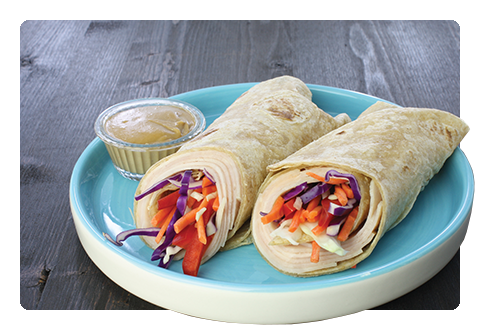Ghost Kitchens: Restaurants of the Present
October 2020
To meet growing off-premise needs brought on by COVID-19, operators transformed their establishments into delivery and takeout venues, in essence becoming ghost kitchens. These are facilities, often fast-casual, that provide meals solely for delivery, typically by partnering with companies like Grubhub, DoorDash and Uber Eats. Given the current landscape, more foodservice establishments might choose to supplement their existing operations with ghost kitchens or pivot their entire model to a virtual, delivery-only one. If that were to happen, ghost kitchens might surpass the $1 trillion market value they are predicted to reach over the next decade.
This delivery-only model is a particularly appealing concept to operators because of the lower operational costs and streamlined focus on meal preparation, instead of serving or maintaining a dining room. Restaurants may rent space from third-party kitchen providers or operate out of the kitchen of a sister brand. Zuul Kitchens is a facility in Lower Manhattan that is split between six different brands, including Sweetgreen. Several delivery companies, such as DoorDash, operate their own ghost kitchens. Major quick-service chains including McDonald’s and Red Robin have respectively tested their in-house programs as well.
There are several advantages to ditching the dine-in component. Transforming existing venues into virtual facilities requires minimal start-up expenses in comparison to starting a new business. With the increased reliance on technology, operators can better understand their diners. Customers use mobile apps to order, which can provide useful data on their preferences while avoiding fees from third-party companies. Ghost kitchens are also enticing to patrons because lower operational costs may translate into less expensive menu items.
Although these facilities lose face-to-face interactions with patrons (a potential benefit given social distancing requirements), they can still improve dining experiences and build loyalty. Implementing customer feedback technology helps to understand how best to serve customers in the absence of in-person service and real-time reactions. While some restaurants, especially those that are strictly brick and mortar, may initially find the shift overwhelming, the long-term potential of ghost kitchens is too valuable to dismiss. US Foods launched its ghost kitchen program in August to support operators by providing guidance on menu technology, marketing and revenue generation. As operators successfully adapt to accelerated off-premise demand, the question they must ask themselves is whether their temporary pivot to delivery and takeout should become permanent.
What are your thoughts on ghost kitchens? Share them on Facebook or LinkedIn. To explore more insights and trends, check out our Resource Center.
SOURCES
Bradbury, Rosie. US Foods joins growing list of ghost kitchen services to help with off-premise push, Restaurant Dive, August 2020.
Bromwich, Jonah Engel. Farm to Table? More Like Ghost Kitchen to Sofa, The New York Times, December 2019.
Klein, Danny. Is COVID-19 Going to Accelerate the Ghost Kitchen Craze?, QSR, May 2020.
Marston, Jennifer. Can Ghost Kitchens Save the Vanishing Restaurant Biz?, The Spoon, August 2020.

